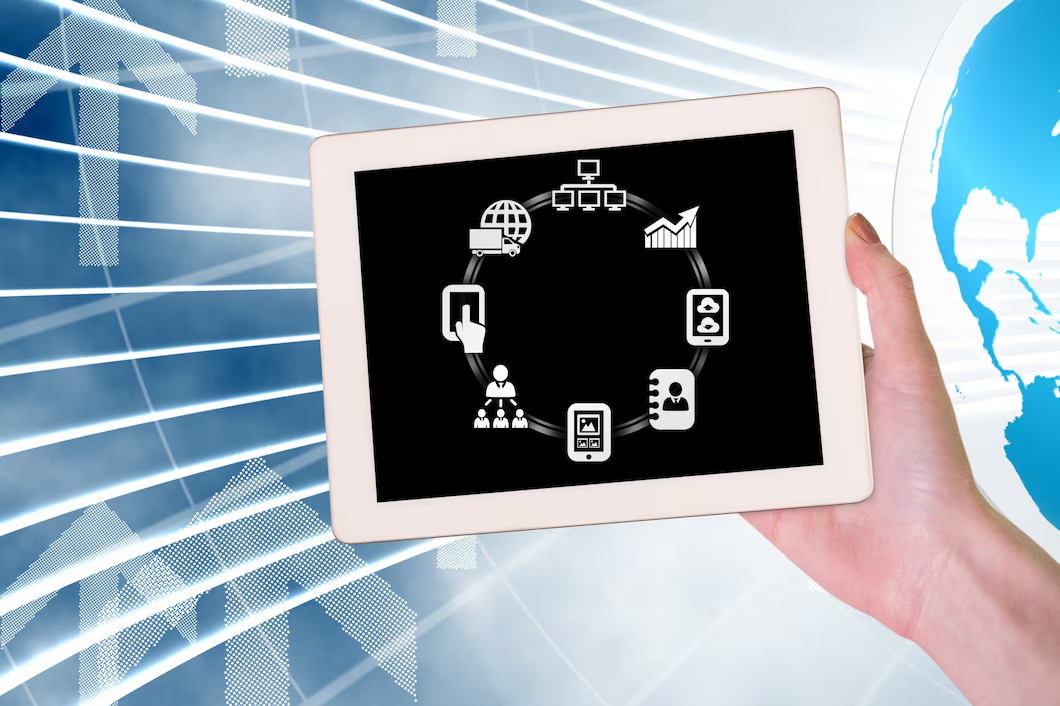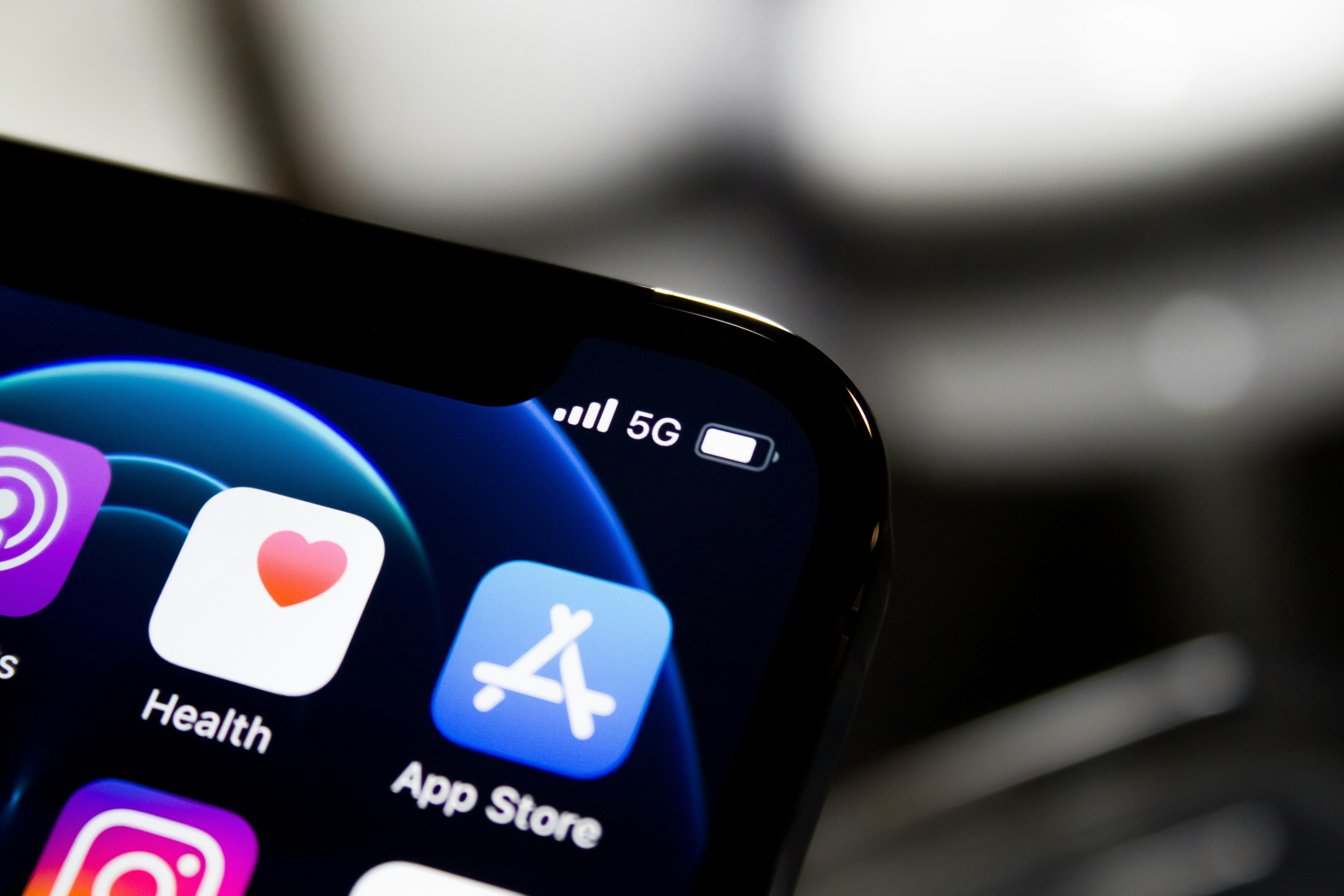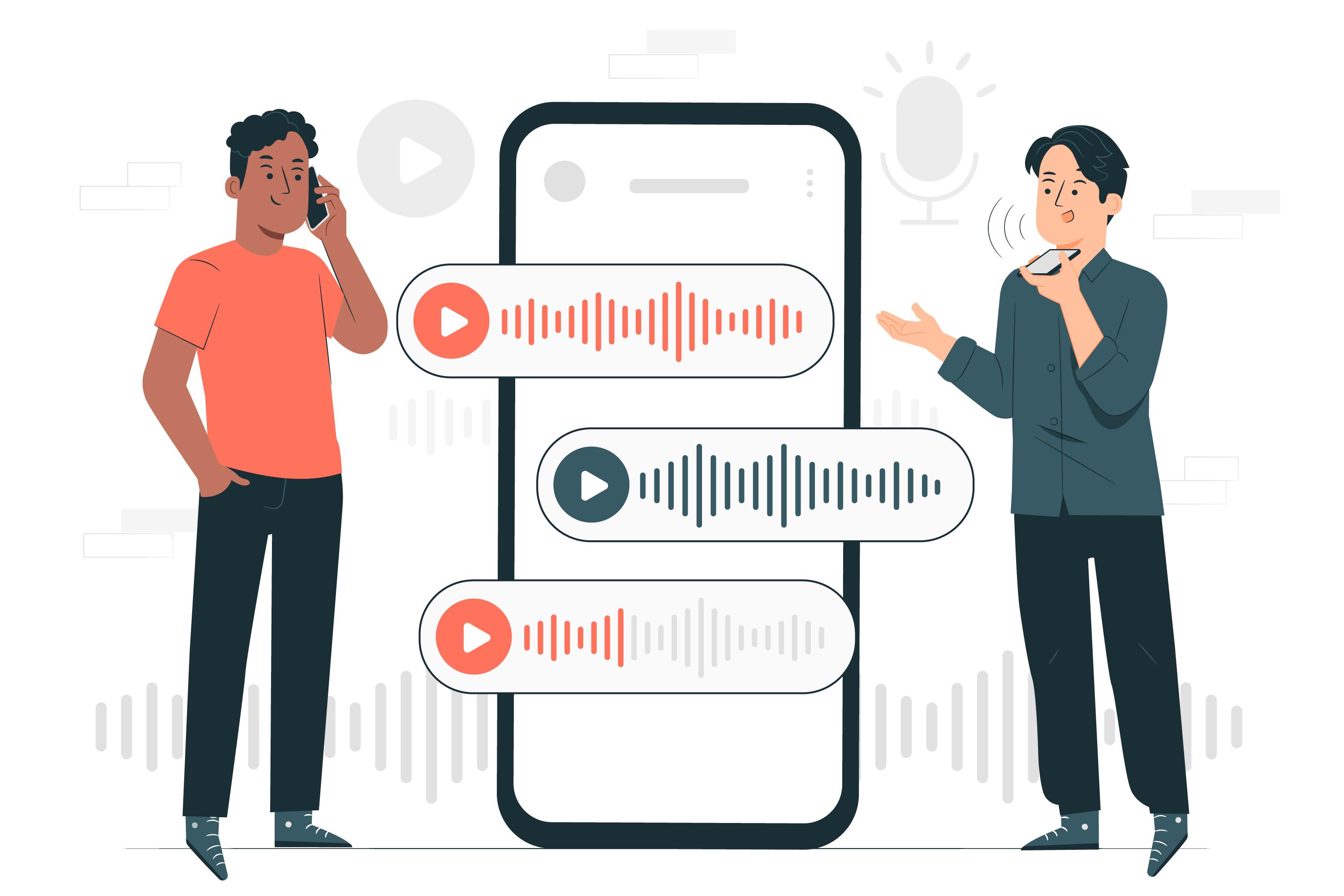Ethernet Over Copper vs Fiber Internet: Which One Is Best For Your Business?
-
November 29, 2022
-
5 min read

Business networks face increasing demands from cloud apps, data-heavy tasks, and video calls. The right internet connection is crucial for your company’s digital needs. Ethernet over copper (EOC) and fiber internet (FI) are the two main options.
EOC uses traditional copper phone lines to deliver internet, offering a more cost-effective but slower option. Fiber internet uses fiber-optic cables to provide faster speeds and greater reliability. Both options have benefits, but the right choice depends on your business’s needs. Let’s break down the differences between ethernet over copper vs fiber internet to help you make the best choice for your business.
What Is Ethernet Over Copper (EOC)?
Ethernet delivers internet through existing copper telephone lines, which also carry voice calls. Here are its key features:
Features and Benefits
Here are the key features and benefits of ethernet over copper:
- Cost-effective: It uses existing copper lines, avoiding the high cost of new fiber cables.
- Speedy installation: Since the copper lines are already in place, setup is quick.
- Respectable speeds: EOC can reach up to 50 Mbps, suitable for many small to medium-sized businesses.
- Symmetrical bandwidth: Unlike DSL, EOC provides equal upload and download speeds, perfect for cloud-based businesses.
Types and Applications
EOC comes in two main types:
- Ethernet in the First Mile (EFM): Uses up to 8 copper pairs to reach speeds of 40-50 Mbps over short distances.
- Symmetric Digital Subscriber Line (SDSL): Offers equal upload and download speeds up to 1.5 Mbps.
- Symmetric High-Bitrate Digital Subscriber Line (SHDSL): Supports speeds up to 5.7 Mbps over a single copper pair and up to 22.8 Mbps with four pairs.
EOC is ideal for branch offices, retail stores, and businesses in areas with plenty of copper lines but limited fiber access.
What Is Fiber Internet?
Fiber internet sends data as light through thin glass or plastic strands, making it the best for speed, reliability, and future use.
Features and Advantages
Here are the key benefits of fiber internet that make it a top choice for businesses:
- Super fast: Fiber can reach speeds over 100 Gbps, much faster than copper.
- Very reliable: It isn’t affected by electrical interference or bad weather.
- Future-ready: Fiber can handle growing data needs for years to come.
- Low delay: It’s great for video calls, online trading, and other real-time tasks.
Types and Applications
Fiber internet has different types:
- Dedicated Internet Access (DIA): A private fiber line just for your business, ensuring fast and reliable speeds.
- Fiber to the Premises (FTTP): A shared fiber connection that’s more affordable but may slow down during busy hours.
- Fiber to the Building (FTTB): Fiber reaches the building, but the final connection to units uses copper or coaxial cables.
Fiber internet is ideal for industries like healthcare, finance, and media that need fast and stable internet.
EOC vs FI: A Comprehensive Comparison for Businesses
Now that we know the basics, let’s compare copper vs fiber internet side by side on key factors.
Speed and Performance
Here’s a comparison of ethernet over copper and fiber internet in terms of speed and performance:
| Technology | Typical Speeds | Distance Limitations |
| EOC | Up to 50 Mbps | 3-4 km from exchange |
| Fiber Internet | 100 Mbps to 100 Gbps | Up to 60 km |
Fiber internet is much faster than EOC, but EOC’s equal upload and download speeds are enough for many small businesses.
Reliability and Scalability
Here’s how EOC and fiber internet compares in terms of reliability and scalability:
- EOC: Can be affected by electrical interference and bad weather. Has limited speed due to copper’s bandwidth limits.
- Fiber Internet: Very reliable and not affected by outside factors. Easily scales to handle more data.
For businesses that need constant uptime, fiber is the best choice.
Cost and Installation
EOC and fiber internet have different costs and installation times:
- EOC: Cheaper upfront since it uses existing copper lines. Installs quickly, usually in a few days.
- Fiber Internet: More expensive to set up because new fiber cables are needed. Installation can take weeks or months.
EOC is a good choice for businesses with a tight budget or urgent needs, but fiber’s long-term benefits make it worth the cost.
When to Choose Ethernet Over Copper
Ethernet over copper is a good choice when:
- Your business is close to the local exchange (under 4 km).
- You need a cost-effective solution with fast installation.
- Your bandwidth needs are modest (under 50 Mbps).
- Fiber is unavailable in your area.
Example: A small accounting firm with 10 employees chooses EOC for an affordable and quick internet setup.
When to Choose Fiber Internet
Fiber internet is the best choice when:
- Your business needs high speeds (100 Mbps+).
- You use apps like video calls or cloud services that need low delay.
- Constant uptime is important.
- You want a solution that grows with your business.
Example: A financial firm uses dedicated fiber access for fast trades and reliable connectivity.
Lifespan and Scalability of EOC and FI Solutions
Here’s a comparison of the lifespan and scalability of EOC and fiber internet:
EOC Lifespan and Scalability
- Copper lines can last 10-20 years but may degrade over time, impacting EOC performance.
- Copper limits EOC’s scalability. Maximum speeds reach up to 50 Mbps.
Fiber Internet Lifespan and Scalability
- Fiber optic cables have an impressive lifespan of 25-50 years, with minimal maintenance.
- Fiber has almost unlimited bandwidth, making it easy to scale. Speeds can reach terabits.
EOC may work for now, but fiber is the better choice for long-term growth and scalability.
Conclusion
In the ethernet over copper vs fiber internet debate, there’s no single right choice for every business. Your decision will depend on your business’s speed, reliability, budget, and growth needs. EOC is ideal for small businesses needing a cost-effective and quick solution. However, if your business demands high bandwidth, constant uptime, and future growth, fiber internet is the best choice.
Regardless of your choice, Airtel Internet Leased Line (ILL) has you covered. With speeds up to 100 Gbps and 99.5% uptime, Airtel ILL is your trusted partner for reliable business connectivity.
 Share
Share









